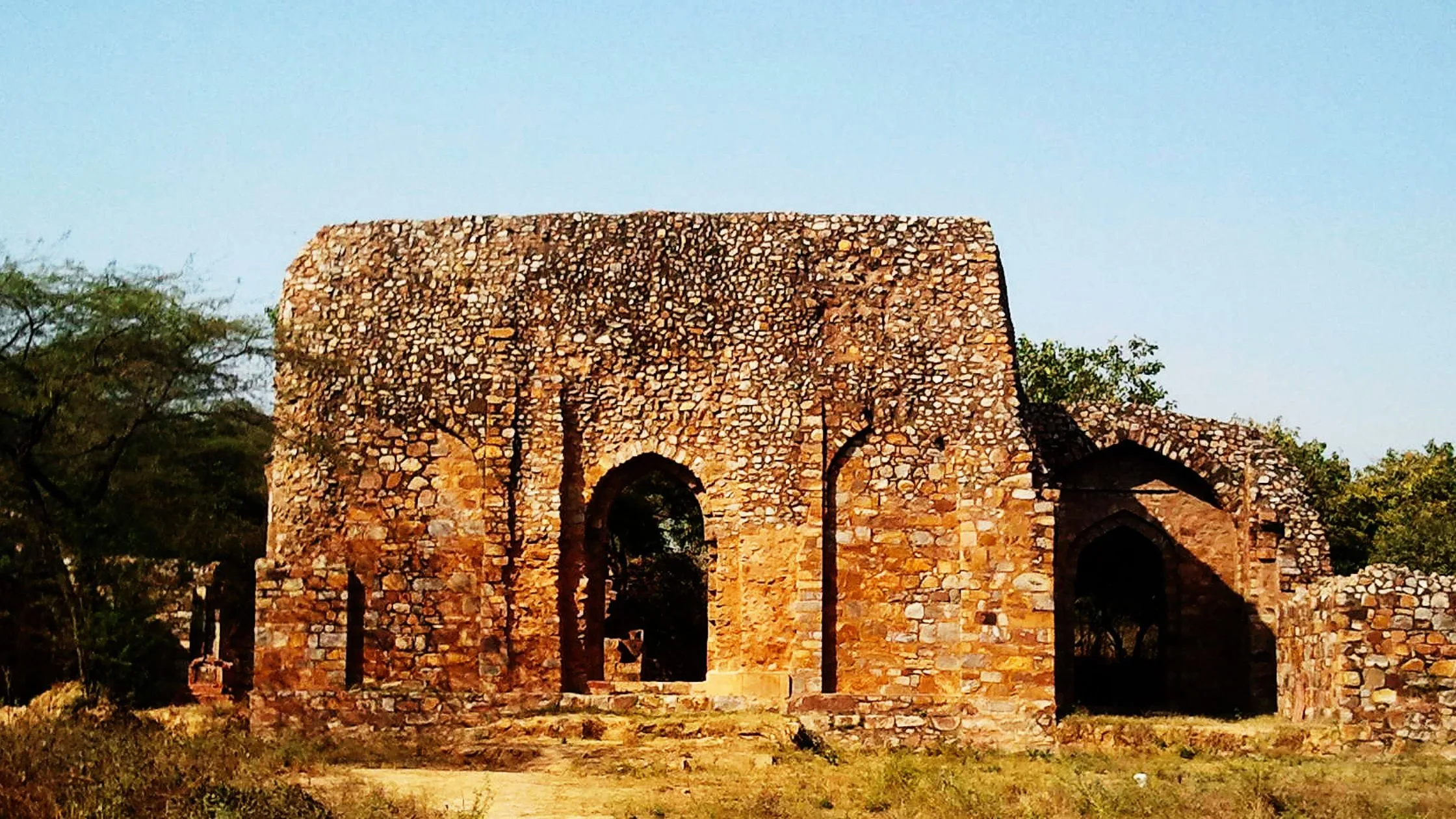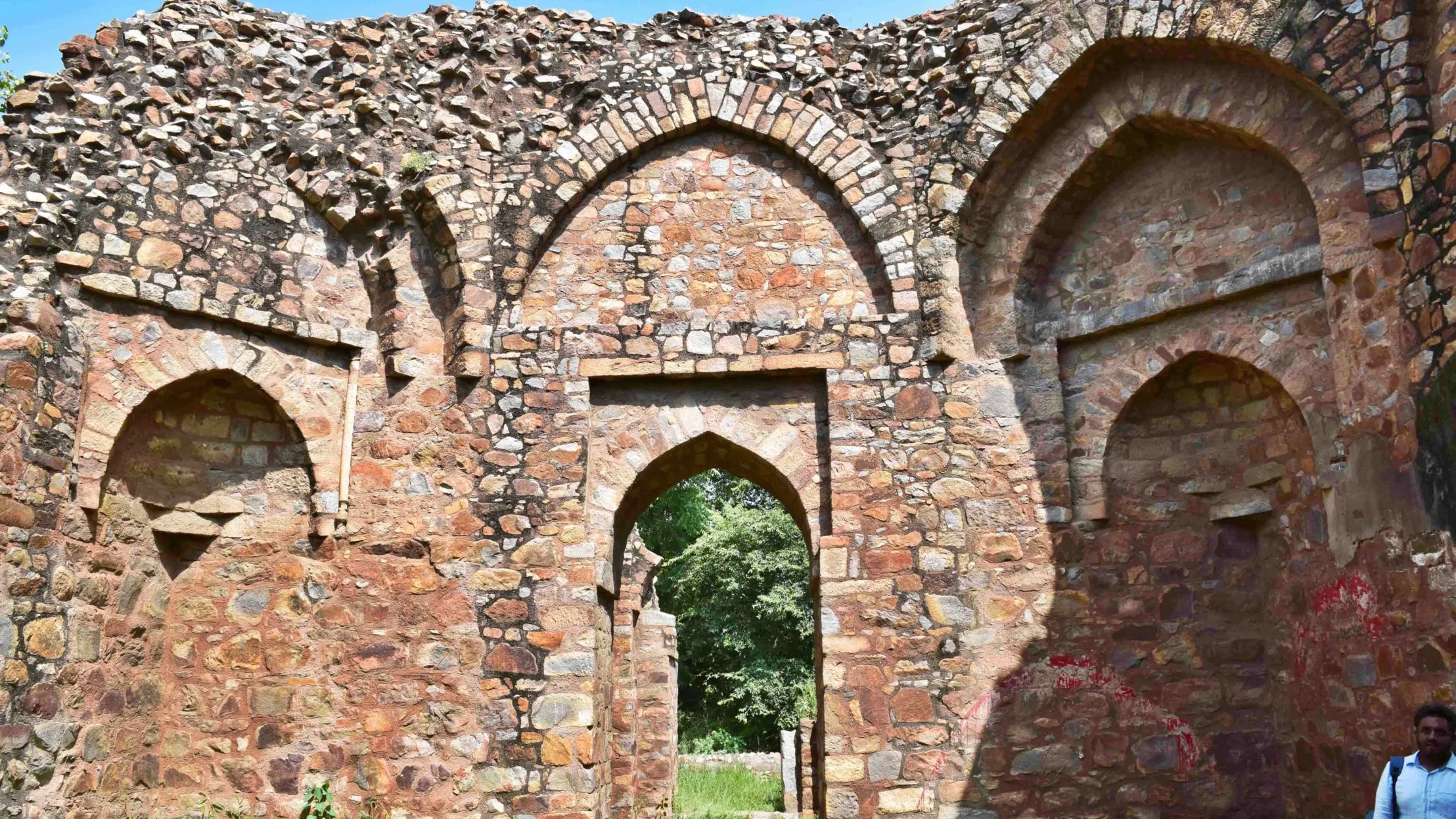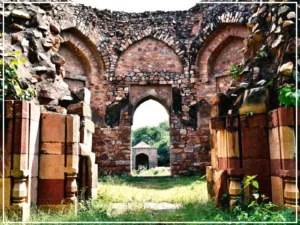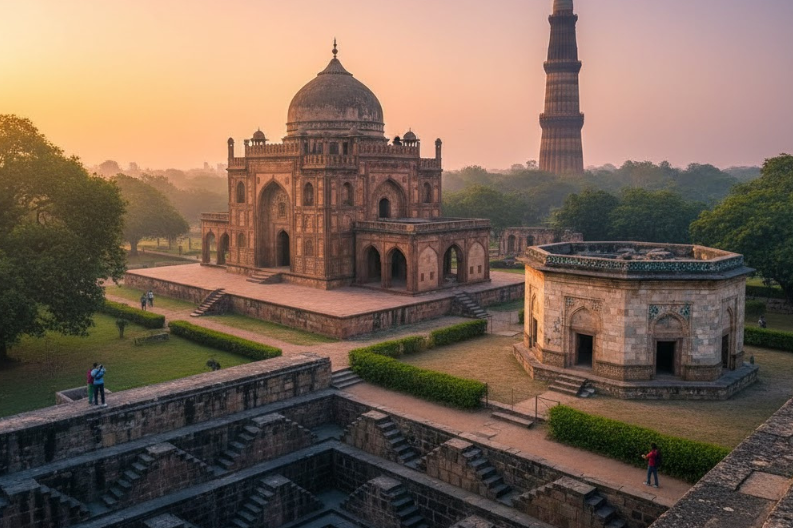If your explorational instincts want to go on an adventure, you need to visit the Tomb of Balban in Delhi. Just like the other historical pieces of Indo-Islamic architecture in the country (especially in North India), this tomb is dedicated to a Slave Sultan. The tomb, along with the archaeological park, makes up one of the most visited tourist places and exploration sites in India.
The tomb is almost a ruin today, yet its beauty mesmerizes the visitors. With the help of a little imagination and the stories of the past, you can try to re-live the era to make your visit wholesome.
Today, we will share some insights into this archaeological site which acted as the epitome of architecture in medieval era India.
About the Tomb of Balban in Delhi
The Tomb of Sultan Ghiyas-ud-din Balban is situated at the Archaeological Survey Park on the Mehrauli-Gurgaon road. It is a 13-century mausoleum for the last and the most powerful Sultan of the Slave Dynasty. He was buried here in 1287 AD.
Compared to all other tombs and splendid pieces of architecture in and around Delhi, the Tomb of Balban is not exactly in the best shape. Today, it is almost a ruin. Yet, it has some structures and architectural pieces which make it an admirable location.
The iconic structure is one of its kind and a true representation of Indo-Islamic architecture.
Ghiyas-ud-din was the last competent ruler of the Slave Dynasty, who ruled from 1266 AD to 1287 AD. After him, his weak grandson took over, who was soon defeated by Firuz Khilji in 1290 AD.

Why is it Important?
Just like all other Muslim Rulers, the burial of Balban was an extravagant affair. In his honor, builders built this Tomb and buried him here with the royal procedure. If you visit the tomb today, it is most likely that you will miss it or fail to recognize it. This is because the tomb is crumbling and does not even have a ceiling today!
However, the tomb of Balban in Delhi is of immense significance, and it is one of the first Indo-Islamic structures in India ever.
The archaeologists discovered it quite late- in the mid-20th century AD . With the help of an inscription, the archaeologists identified the two graves that were placed there.
But why is it important? It is important due to an architectural and historical point of view, as the structure was the first to have a true arch. Before this, India and its architects had never seen a true arch. They used to create fake arches, which weren’t exactly the same.
The culture of arches began in ancient Rome, and slowly the Arabians got inspired by it. They then brought this culture to India, and thus, they started building arches. The first one was built in the Tomb of Balban, followed by similar structures in the Qutub Minar complex, gates of Mosques in Delhi, the Taj Mahal, the Red Fort, and other Indo-Islamic structures.

Near the Structure
As mentioned above, the structure is in ruins. It is, however, a good picnic spot, with lush green gardens and places to click great pictures. Beside it is an archaeological site, which is a place of interest for history lovers.
There is the grave of Balban, which acts as the center of the tomb. Towards the east of the tomb is a rectangular structure where his son Khan Shahid was buried.
However, if you are looking for someplace to eat nearby, you would need to travel a bit further. Within Mehrauli, you can visit the Qutub Minar Complex, which is a few miles further. There, you will get to visit many more architectural wonders and relish the local delicacies and snacks of Delhi.

Places to Visit Near the Tomb
Some places of interest near the Tomb of Balban in Delhi include the following-
- Jamali Kamali Mosque- This mosque forms a part of the archaeological site that lies beside the Tomb of Balban. There are two monuments that stand together- the mosque and the tomb as Jamali and Kamali were buried just beside the Mosque.
- Qutub Minar- The mighty Qutub Minar and its complex is a 10 minutes walk from the Tomb of Balban in Delhi. The complex is one of the most celebrated and visited structures in Delhi with immense importance.
- Gandhak Ki Baoli- This baoli is another hidden monument near the tomb, which is a must-visit. This 800-year-old baoli is one of the few surviving baolis in India and is an intriguing monument with outstanding history.
- Hijron ka Khanqah- It is a spiritual sanctuary with rows of tombs paying respects to the dead. It is an Islamic sanctuary for eunuchs (hijras), who were an important social community in India. The tombs are hidden behind a green gate.
- Bijay Mandal- Located at a 15-minute walking distance from the Tomb of Balban is the Bijay Mandal- another historic building in Delhi. It is the remains of a fort dating back to the 14th century. The place was once the seat of power of the Tughlaq dynasty but is now neglected ruins. The fort was earlier known as “Thousand Pillared Palace” and was formed to protect the city of Jahanabad from Mongol invasions.

Final Words
Every day, the Tomb opens at 6 am for visitors and closes near sunset at 6 pm, as it is a graveyard. There is no entry fee for visitors, and this place acts as an outstanding picnic spot and exploration site for the tourists and residents of Delhi NCR. The best idea would be to create a conclusive travel itinerary for the Mehrauli village, which includes the archaeological site, the Tomb of Balban in Delhi, and the Qutub Minar Complex.
Before visiting the place, you must read about the history of the place in detail. This way, you can understand each structure and its importance. So visit the place after reading this informative article to make your trip worth your while.



